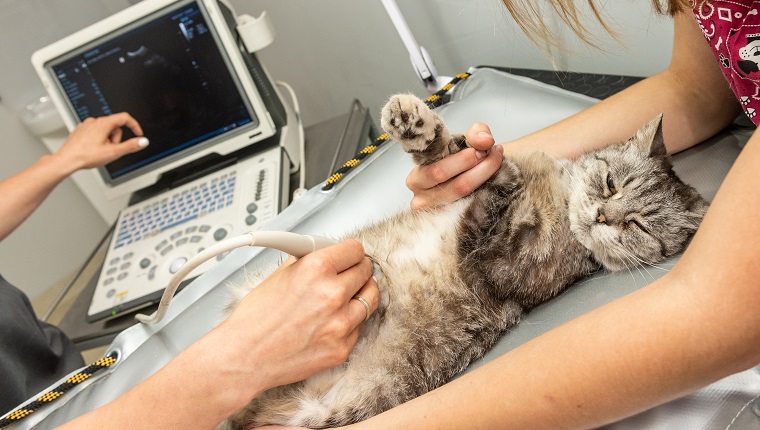Dystocia in cats is medical term that refers to a cat undergoing a difficult birthing process. It may result from a number of issues that relate to the fetus and the uterus, and it may be an issue that arises due to the mother or the kittens.
The condition can arise at any point during the labor process, and in…









